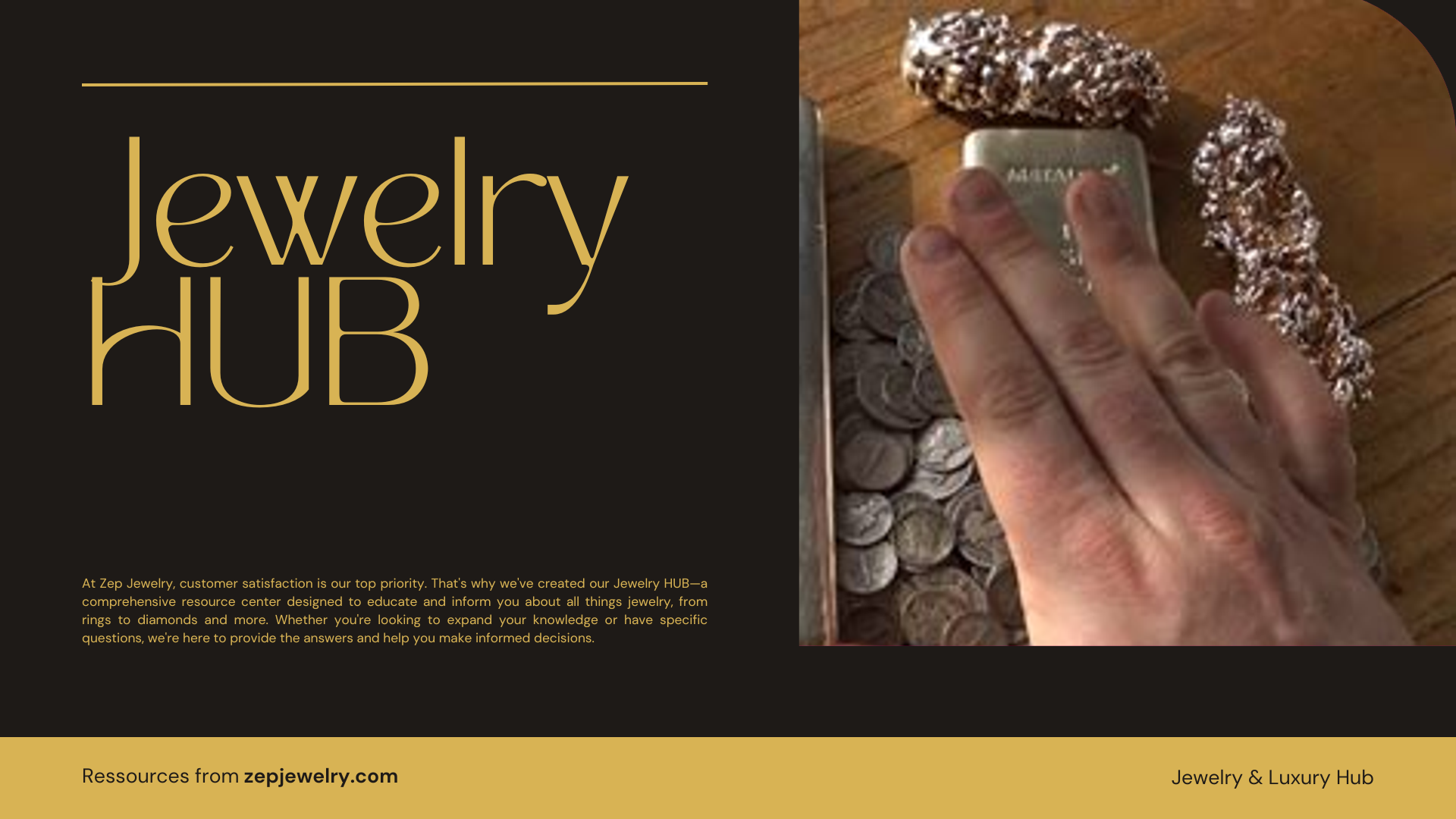Is that sparkling diamond ring truly a treasure, or just an expensive piece of costume jewelry? As beautiful as it may be, there’s a harsh reality lurking beneath the shine: jewelry often loses its value immediately after it leaves the store. This isn’t just a fairy tale told to deflate your dreams of wealth through ornate adornments; it’s the cold hard truth driven by steep retail markups and hidden costs. As you navigate this glittering market, understanding why those alluring jewels might not be the wise investment you hoped for can save you from financial heartbreak.
Why does jewelry often lose value immediately after purchase?
Jewelry typically loses value as soon as it’s purchased primarily due to high retail markups. When you buy jewelry from a store, it’s important to understand that you’re not just paying for the raw materials and craftsmanship; you’re also covering various overhead costs such as marketing, showroom presentation, and sales commissions. This can lead to a markup that significantly inflates the price—often exceeding 100% of the item’s intrinsic value.
For example, consider a ring that you buy for $2,000. If its true value based on materials and labor is only $800, the moment you take that ring home, its worth drops dramatically to reflect that real value rather than the inflated retail price. This kind of depreciation is not just shocking; it’s a common scenario faced by many jewelry buyers.
Moreover, the resale market for jewelry is especially unforgiving. When you attempt to sell that same ring, whether through a jeweler or a marketplace, the offered price is likely to be significantly lower than what you initially paid. Many sellers find themselves disheartened when they realize their once coveted piece fetches just a fraction of its original price, often due to the lack of demand, changes in fashion trends, or the psychological limitations of the buyer’s market.
To make matters more complex, the jewelry industry is heavily influenced by marketing and trends. What is considered desirable today might not hold the same allure tomorrow, making jewelry a highly volatile investment. Additionally, many consumers often make emotional purchases rather than informed financial decisions, viewing jewelry as an investment rather than a luxury or personal adornment.
Investing in jewelry should be approached with caution. While some pieces—particularly those crafted from high-quality materials or by well-respected brands—can hold value better than others, they often require extensive knowledge about the market and a long-term perspective for any potential appreciation. In the end, it’s essential to consider jewelry’s sentimental value and aesthetic appeal rather than solely viewing it as a financial asset.
Is investing in jewelry riskier than other investment options?
Yes, investing in jewelry is generally riskier than other investment options such as stocks, bonds, or real estate. The market for jewelry is volatile and driven by trends, which makes it unpredictable. Unlike stocks that can offer consistent dividends or real estate that appreciates over time, jewelry’s worth is often subject to fleeting fashion cycles and market perceptions, resulting in heightened risk for investors. Moreover, many jewelry items lack intrinsic value—most of their worth is attached to public perception rather than underlying assets.
Are there specific types of jewelry that can appreciate in value?
While most jewelry depreciates, there are specific types that may appreciate over time. Antique or vintage pieces, as well as brand-name items from prestigious designers, tend to have better chances of retention or appreciation in value. Investment-grade gemstones, such as rare colored diamonds or famous historic pieces, can also yield higher returns, but these require specialized knowledge and significant capital. However, such investments come with their own risks and complexities, making jewelry still an uncertain asset class overall.
How do emotional connections affect perceptions of jewelry as an investment?
Emotional connections often lead individuals to overvalue jewelry, mistaking its sentimental worth for financial value. Many purchases stem from personal memories or societal pressures rather than sound financial reasoning. This emotional aspect can cloud judgment about an item’s true investment potential, causing buyers to ignore the harsh realities of depreciation and market fluctuations. Ultimately, this emotional engagement can result in unhappiness when financial returns fall short of expectations.
Why should individuals consider experiences over jewelry for meaningful investments?
Investing in experiences rather than jewelry typically yields more lasting value. Unlike jewelry, which often loses its market worth, experiences like travel, education, or special events create lasting memories that cannot diminish. These experiences often foster personal growth, stronger relationships, and lifelong recollections that jewelry simply cannot match. This perspective encourages a shift from materialistic investments to more enriching personal choices.
How does market perception and trend influence jewelry investments?
The jewelry market is heavily influenced by trends, which can change rapidly and unpredictably. Market perceptions around certain materials, styles, and brands can shift, leaving many pieces undervalued or overappraised based on fleeting popularity rather than consistent demand. This inconsistency makes jewelry a risky investment, as what may be a coveted style today can become undesirable tomorrow, impacting potential resale values and overall investment viability.
